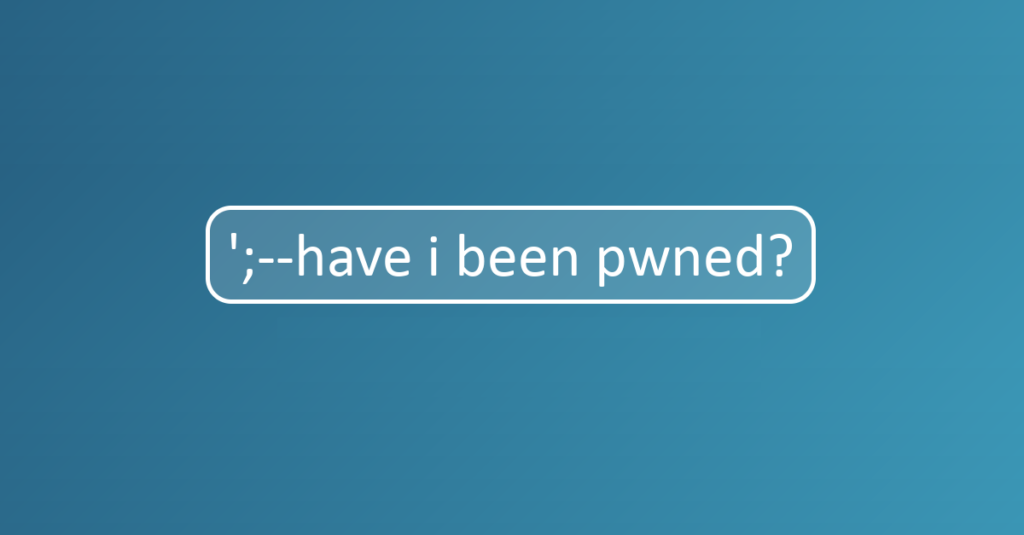Introduction
Did you know that over 81% of hacking-related breaches are tied to weak, reused or stolen passwords? Despite advancements in cybersecurity, passwords remain a critical component of protecting our digital lives. However, many of the practices we once considered secure are now outdated, leaving individuals and businesses vulnerable to attacks.
In this article, we will explore the evolution of password standards, how passwords are stored, why complexity matters, and what tools you can use to ensure your credentials are strong and uncompromised.
The Evolution of a ‘Good’ Password
Password Standards of the Past
Not long ago, the gold standard for passwords was an 8-character combination of letters, numbers, and symbols. Passwords like “Password123” or “JohnDoe!1” were considered strong enough to withstand most attacks. However, as computing power increased, so did attackers’ ability to brute-force simple passwords, rendering these once-acceptable standards obsolete.
Modern Password Standards
Today, a good password is one that is both long and complex. The National Institute of Standards and Technology (NIST) now recommends passwords of at least 12-16 characters, preferably in the form of a passphrase — a series of unrelated words combined with symbols and numbers (e.g., “CoffeeSunset!2024Rain”). This approach balances security with usability, making passwords easier to remember while significantly increasing their resistance to attacks.
How Passwords Are Stored
Plaintext vs. Hashed Passwords
When you create a password, it is often stored on a server. In secure systems, passwords are not stored in plaintext. Instead, they are converted into a hashed string using algorithms like MD5, SHA-256, or bcrypt. A hash is a one-way function that makes it extremely difficult to reverse-engineer the original password.
The Role of Salt and Pepper
To enhance security, many systems add a “salt” — a random string of data unique to each password — before hashing. This prevents attackers from using precomputed hash tables (rainbow tables) to crack passwords. Some systems also use a “pepper,” a secret key stored separately, to further complicate attacks.
Effect of Complexity on Hashing
Complex passwords significantly alter the resulting hash. For example:
- “123456” (weak) might hash to: e10adc3949ba59abbe56e057f20f883e
- “CoffeeSunset!2024Rain” (strong) might hash to: 8a34d5f273ab29c6be79e238f734baee
Time to Brute-Force
The time it takes for a computer to brute-force a password varies based on its complexity:
- “123456” (weak): Can be cracked in less than 1 second with modern tools.
- “CoffeeSunset!2024Rain” (strong): Could take millions of years, depending on the hashing algorithm and attacker’s resources.
This stark difference underscores the importance of using complex, long passwords to safeguard your accounts.
Why Poor Passwords Fail
Real-World Examples
Breached databases often reveal how common and weak many passwords are. Lists of compromised passwords frequently include:
- “123456”
- “password”
- “qwerty”
These passwords are not only easy to guess but also vulnerable to dictionary and brute-force attacks.
Common Attack Methods
Brute-Force Attacks: Automated attempts to guess passwords by trying all possible combinations.
Dictionary Attacks: Using a precompiled list of common passwords.
Credential Stuffing: Testing stolen credentials on multiple platforms to exploit password reuse.

Finding Out If Your Passwords Have Been Compromised
Tools and Resources
One of the best ways to check if your passwords have been exposed is through services like Have I Been Pwned. These tools securely compare your credentials against massive databases of leaked passwords.
Steps to Take If Compromised
- Immediately change affected passwords.
- Enable multi-factor authentication (MFA) for added security.
- Use a password manager to create and store unique passwords for each account.
Password Lists: Tools for Testing and Risk Assessment
Password lists are collections of commonly used or previously compromised passwords. These lists are often utilized by security professionals to test the strength of passwords during penetration tests or audits. Unfortunately, they’re also exploited by attackers to conduct brute-force or dictionary attacks.
Where to Find Password Lists
For legitimate testing purposes, password lists can be accessed through platforms like:
- RockYou List: A database of millions of compromised passwords.
- SecLists: A collection of security testing resources, including password lists. SecLists on GitHub
- Hashcat Wordlists: Specialized lists for password recovery tools. Hashcat Wordlists
Remember to use these responsibly and only in environments where you have permission to perform security testing.
Modern Solutions to Password Problems
Password Managers
Password managers like LastPass, Dashlane, and Bitwarden generate and securely store complex passwords. By using a single master password, you can manage credentials for hundreds of accounts without relying on memory.
Multi-Factor Authentication (MFA)
MFA adds an extra layer of security by requiring a second form of verification, such as a code sent to your phone or biometric authentication. Even if a password is compromised, MFA prevents unauthorized access.
The Future of Passwords
While biometrics and password-less authentication are on the rise, passwords remain a critical line of defense. Until these technologies become widespread, following best practices for password security is essential.
Quantum Computing and Passwords
Quantum computing: the tech that’s making physicists excited and cryptographers lose sleep. In the future, quantum computers could crack today’s encryption faster than you can say “123456.”
But don’t panic just yet—quantum encryption is on the rise, offering nearly unbreakable security. For now, stick to long, complex passwords, and let’s hope the quantum overlords don’t figure out how to hash a password by lunchtime
Conclusion
Poor passwords are often the weakest link in cybersecurity. By understanding how passwords work, why complexity matters, and how to detect and address vulnerabilities, you can significantly reduce your risk of falling victim to cyberattacks.
Take action today: Check your passwords, adopt modern security tools, and stay up to date on our blog to start building stronger defenses against evolving threats.
Author
Jacob Laird
Category
Digital Security
Read Time
5 min
